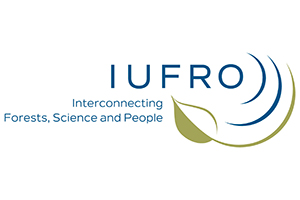The Bioinformatics and Data Science Platform is essential for meeting the programme's data storage, analysis and visualization needs. Established to support large-scale systems biology and genome diversity research, this platform enables researchers to effectively analyse complex data, driving innovative discoveries in the field of forest genetics.














































